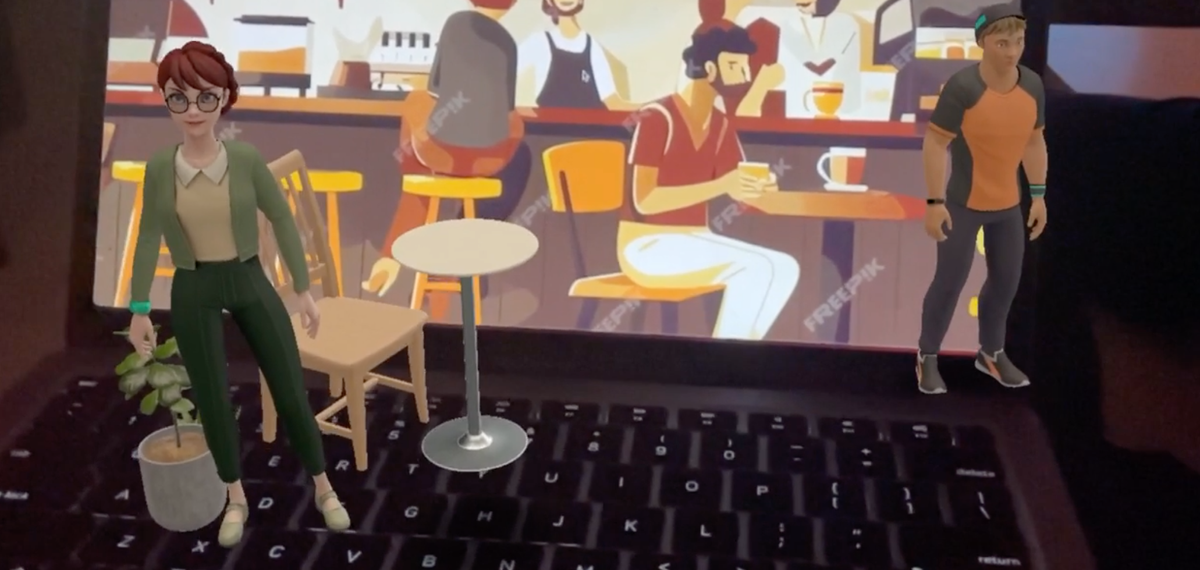Reflections of My Struggle with Adobe Aero on iPad

I had big hopes for the potential of Adobe Aero as I first dived into creating an AR project. Unfortunately, this turned out to be much more difficult than I had anticipated, especially since I had to work on the iPad instead of my laptop.
My plan was initially to do this project on my laptop, assuming that it would have a complete suite of features and I could work more effectively that way. For whatever reason, that never happened, and I ended up using Aero on my iPad. While I loved the portability of the device, it wasn't long before I found the iPad version of Aero very limiting.
The first was the screen size. What could have been an easy-to-use interface on, say, a bigger laptop screen was cramped and thus difficult to work with. Moving and resizing assets became a chore; it was difficult to fine-tune details with the limited screen space. While intuitive for general tasks, the touch interface of the iPad just didn't provide the precision I needed for placing and making detailed adjustments to AR.
One of the biggest struggles, however, was how Aero for iPad relies on the camera and not a grid for designing. As I tried to place my AR elements in the real world, the camera was always on the move, which made it tough to keep everything stable and in place. Without the grid to guide my assets into place, the constantly shifting camera view made it impossible to design accurately; objects would shift out of view or misalign constantly. This lack of a stable workspace added frustration and further hindered my creative process.
Another point of struggle was the lack of multitasking. While on my laptop, I could easily switch between different windows, like my project files and reference materials, this was not that flexible in its iPad version. I had to constantly toggle between apps, disrupting my workflow and thus making the creative process slower and more frustrating.
However, despite these little glitches, I pushed through and still tried to experiment with basic elements of AR. But because the control and efficiency that Aero offered on the iPad weren't there, creating such a polished, interactive experience I had in my head was hard to achieve. Of course, one would learn from experience that having proper tools for any job is relevant. While Aero on iPad seems impressive for fast experimentation, it really is not a good platform on which one can work in a full-fledged AR project.
Now, in retrospect, I realise how important it is to equip myself with the right equipment and tools before taking on a big project. Moving forward, being that AR is such a new and exciting field, I will be more discerning about which platforms I choose in the future and make sure they align with the scale of what I want to create.

